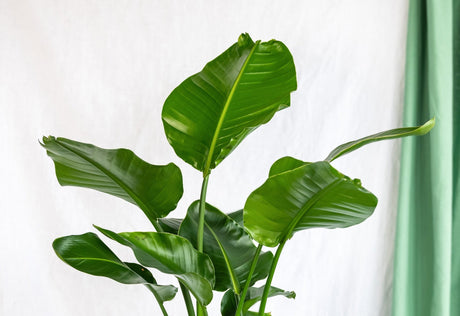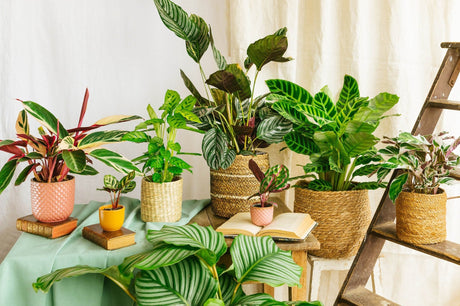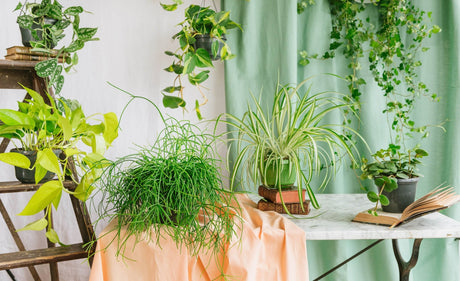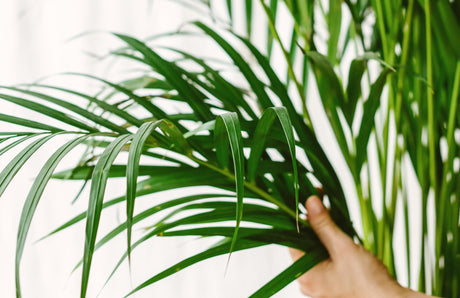Have you ever noticed that after a period of rain, (outdoor) plants take on a beautiful appearance?
Greener, more splendorous, denser, they have integrated all the benefits of water falling from the sky. So how do you water your plants with rainwater?
The benefits of rainwater on plants
The chemical composition of tap water affects the health of the plant. Indeed, chlorine, a disinfectant, and fluoride, a chemical component preventing cavities are present in our tap water. In addition, the latter is also characterized as “harder” than rainwater, i.e. it has a high calcium and magnesium content. In order to make it sweeter, sodium is added to it to soften it.
Plants are sensitive to these four chemical elements, which are not present in rainwater. Indeed, if the leaves of your plants are showing stains, discoloration or if they are burned, it may be due to the toxicity of fluoride and chlorine. If you see white deposits on the leaves, it's probably due to calcium and magnesium. Sodium, on the other hand, attacks plant cells.
In short, you will therefore have understood that using rainwater to water your plants will only be beneficial for their health and development. In addition, rainwater does not have the toxic compositions presented above and this offers another advantage: it contains oxygen, an essential element against asphyxiation of the roots of your plants. We therefore recommend watering with rainwater for the well-being of your plants and the environment.
How do you collect rainwater to water your plants?
When you have a garden or a balcony
Outdoors, you can set up a tank to collect rainwater. Connected to the gutters of your house and equipped with a filter, you can find them in different sizes ranging from 100 to 500 liters. This type of tank is sufficient for watering plants and car/bike washes.
Similarly, in an apartment, if you have a balcony and if you are a bit of a handyman, you can also use this principle of the tank presented above, but in a small format. However, be careful of the weight that rainwater recovery could involve if you have a hanging balcony. The standard for the weight on a terrace is 350kg/m2. After this verification, you could choose a container of an adequate size for your needs. The method is therefore the same as outdoors. Then you have to connect your container to the gutter. This is often vertical and generally has a removable joint. If so, just dismantle it and install a PVC elbow with the correct diameter. And above all, do not forget to ask your landlord for permission, in case you are a tenant.
On the other hand, for the less do-it-yourselfers among you, you can use rain chains which are aesthetic and very ingenious.
Be careful though: when your container is full, it is important to be able to redirect the rainwater in order to avoid water damage.
When you don't have an exterior
If you're not lucky enough to have a balcony, here's another rainwater harvesting tip: put a planter on your windowsill. Drill a hole in the latter and connect a simple hose to it up to a watering can, for example. Rainwater will be directly accessible in your watering can, ready to use.
So, now that you know the benefits of watering with rainwater on your plants, you would be wrong to deprive yourself of it.






